Home>diy>Architecture & Design>How To Design A House With Furniture
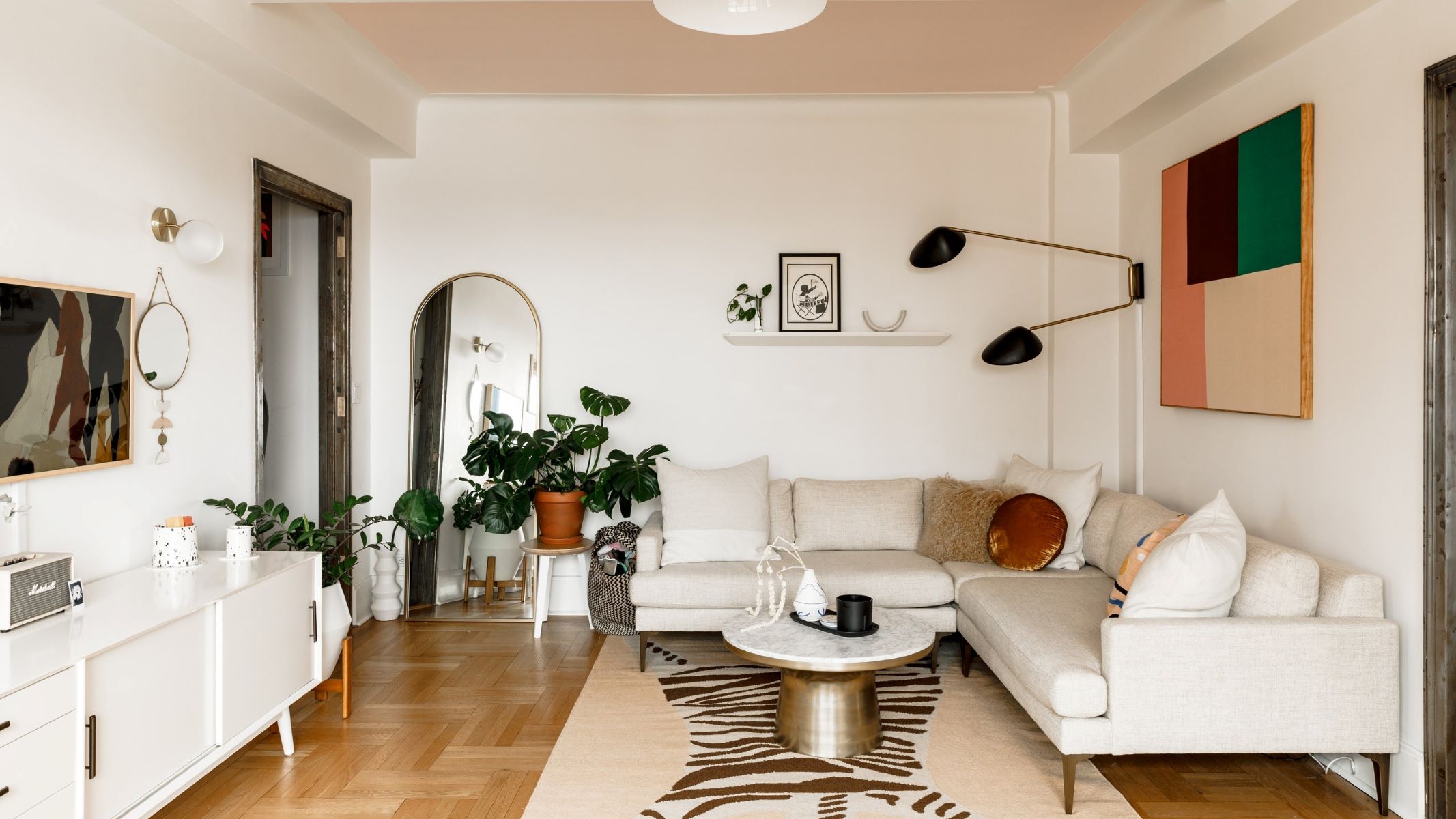

Architecture & Design
How To Design A House With Furniture
Modified: January 5, 2024
Learn how to design your dream house with the perfect furniture. Expert tips on architecture design to create a stylish and functional space.
(Many of the links in this article redirect to a specific reviewed product. Your purchase of these products through affiliate links helps to generate commission for Storables.com, at no extra cost. Learn more)
Introduction
Designing a house with furniture is an exciting and creative process that allows you to transform an empty space into a personalized and functional living environment. Whether you are moving into a new home or looking to update your existing space, taking a thoughtful approach to furniture design can have a significant impact on the overall look and feel of your house.
In this article, we will guide you through the step-by-step process of designing a house with furniture, from determining the overall design concept to incorporating your personal style and preferences. We will explore the importance of considering room layout and measurements, furniture placement techniques, materials and finishes, lighting arrangements, and budget constraints. By following these guidelines, you will be able to create a space that reflects your unique style while maximizing comfort and functionality.
So, let’s dive into the world of furniture design and discover how to turn your house into a dream home!
Key Takeaways:
- Create a cohesive and inviting home by carefully considering your overall design concept, selecting the right furniture pieces, and utilizing effective placement techniques to optimize functionality and flow within each space.
- Infuse your personal style and preferences into your furniture design, balancing aesthetics with functionality, and ensuring proper lighting and materials to create a space that reflects your unique personality and lifestyle.
Read more: How To Design House Colors And Furniture
Step 1: Determine the overall design concept
Before diving into the specifics of furniture selection and placement, it is crucial to establish a clear and cohesive design concept for your house. This concept will serve as a guiding principle throughout the entire design process, ensuring a harmonious and balanced look for your space.
Start by considering your personal taste and style preferences. Do you lean towards a more traditional and timeless look, or do you prefer a modern and minimalist aesthetic? Are you drawn to bold and vibrant colors, or do you prefer a more muted and neutral color palette? Take some time to explore different design inspirations, gather ideas from interior design magazines and websites, and create a mood board to visualize your desired style.
Next, think about the functionality and purpose of each room in your house. For example, the living room may serve as a space for relaxation and entertainment, while the home office may need to be optimized for productivity. Determine what activities will take place in each room and how the furniture can support and enhance those activities.
Consider the architectural features of your house, such as the layout, window placement, and ceiling height. These elements can influence the overall design concept and help you make informed decisions about furniture placement and arrangement. For instance, if you have large windows that offer stunning views, you may want to position key furniture pieces to take advantage of the natural light and maximize the visual impact.
Lastly, think about the overall mood and atmosphere you want to create in your house. Are you aiming for a cozy and intimate ambiance, or do you prefer a more open and airy feel? This will help you determine the appropriate furniture styles, colors, and textures that will contribute to the desired atmosphere.
By taking the time to establish a clear design concept, you can ensure that all of your furniture choices align with your vision for the space and create a cohesive and inviting environment throughout your house.
Step 2: Select the necessary furniture pieces
Once you have determined the overall design concept for your house, it’s time to start selecting the necessary furniture pieces that will bring your vision to life. Consider the function of each room and make a list of the essential furniture items needed.
Begin by focusing on the main gathering areas, such as the living room, dining room, and bedrooms. In the living room, think about the key elements you want to incorporate, such as a comfortable sofa, armchairs, coffee table, and entertainment center. For the dining room, consider a dining table and chairs that will accommodate your household and any guests you may have. In the bedrooms, prioritize a comfortable bed, dressers, and nightstands.
When selecting furniture, keep in mind the size and scale of your space. Measure the rooms and take note of any architectural features, such as windows, doors, and outlets. This will help you determine the appropriate furniture sizes and configurations that will fit harmoniously in the room without overwhelming the space.
In addition to functionality, consider the style and aesthetics of the furniture pieces. Choose designs that align with the overall design concept you established in Step 1. Whether you prefer sleek and modern, rustic and traditional, or eclectic and bohemian, there are countless options available to suit your taste.
Pay attention to the materials and finishes of the furniture as well. Consider factors such as durability, ease of maintenance, and compatibility with your desired aesthetic. For example, if you have children or pets, you may want to opt for furniture made of stain-resistant fabrics or materials that are more resistant to wear and tear.
Lastly, remember to account for any additional furniture needs based on your lifestyle and preferences. This could include items like bookshelves, storage cabinets, a home office desk, or even outdoor furniture for your patio or garden.
By carefully selecting the necessary furniture pieces for each room, you can ensure that your space is functional, visually appealing, and aligned with your overall design concept.
Step 3: Consider the room layout and measurements
When designing a house with furniture, it is essential to carefully consider the room layout and measurements to ensure that the furniture fits and allows for optimal flow and functionality within each space.
Start by taking accurate measurements of the room, including the length, width, and height. Note any architectural features such as windows, doors, and outlets, as these will impact the placement of furniture. This information will serve as a valuable reference when selecting furniture pieces that fit proportionally in the room.
Next, consider the natural traffic flow within the room. Identify the main entry points and pathways that people will use to navigate the space. Take note of any potential obstructions, such as doors that swing open or walkways that need to be kept clear. This will help you determine the best furniture placement that allows for easy movement and accessibility.
Take into account the focal points of the room, such as a fireplace, a large window with a beautiful view, or a TV wall. Arrange the furniture in a way that emphasizes these focal points and creates a cohesive and visually appealing layout. For example, placing a sofa and chairs around a fireplace can create a cozy and inviting seating arrangement.
Consider the function and purpose of each area within the room. Divide the space into functional zones, such as seating areas, dining areas, and workspaces. Use furniture placement to clearly define these zones. For example, in a living room, position a sofa and coffee table to create a conversation area, while in a dining room, arrange a dining table and chairs to establish a distinct dining area.
Don’t be afraid to experiment with different furniture placements to find the most optimal arrangement. Use scale models or virtual room planning tools to visualize different layouts before committing to a specific arrangement. This can help you avoid potential problems and ensure that the furniture fits well within the room.
Remember to leave enough space for comfortable movement around the furniture. Aim for a balance between open areas and furniture-filled spaces to create an inviting and functional room layout.
By considering the room layout and measurements, you can ensure that the furniture placement optimizes the functionality and flow of each space within your house.
Step 4: Make use of furniture placement techniques
Furniture placement plays a crucial role in creating a visually appealing and functional space. By utilizing various furniture placement techniques, you can enhance the overall design concept of your house and optimize the use of each room.
One effective technique is called the focal point arrangement. Identify the key focal point of the room, such as a fireplace, a large window, or a statement piece of artwork. Position your furniture in a way that highlights and complements the focal point. For example, in a living room with a fireplace as the focal point, arrange your seating around it to create a cozy and inviting atmosphere.
Another technique is creating balance and symmetry. Symmetrical furniture placement creates a sense of order and harmony, particularly in formal spaces like living rooms and bedrooms. Place identical or similar furniture pieces on each side of a central point to achieve symmetrical balance. For example, in a bedroom, position bedside tables and lamps on both sides of the bed.
Consider the concept of traffic flow when arranging furniture. Ensure that there are clear pathways for easy movement within the room. Avoid placing furniture in a way that obstructs natural traffic flow or makes it difficult to navigate the space. You can achieve this by allowing ample space between furniture pieces and avoiding cluttered arrangements.
Create functional zones within each room by grouping furniture according to their purpose. For example, in a living room, create a conversation area by arranging chairs and a sofa around a coffee table. In a dining room, position the table and chairs to form a dedicated dining area. This helps establish a clear purpose for each zone and promotes better utilization of space.
Consider the visual weight of furniture when arranging them. Visual weight refers to the perceived heaviness or lightness of an object. Balance heavy furniture pieces with lighter ones to create a well-balanced and visually pleasing arrangement. For example, if you have a large and bulky sofa, balance it with a couple of lighter armchairs or a sleek coffee table.
Don’t forget about the importance of negative space. Negative space refers to the empty or open areas in a room. Leaving some empty space around furniture not only enhances the overall aesthetic but also provides a sense of breathing room and allows for easy movement within the space.
Experiment with different furniture placement techniques and trust your instincts. Visualize different arrangements, take measurements, and make adjustments as needed. By utilizing these techniques, you can create a well-balanced and harmonious furniture layout that enhances the overall design of your house.
Read more: How To Make Porch Furniture
Step 5: Combine aesthetics with functionality
When designing a house with furniture, it is essential to strike the right balance between aesthetics and functionality. Your furniture choices should not only be visually appealing but also serve a practical purpose and contribute to the overall functionality of each space.
Start by considering the primary function of each room. For example, a living room should be comfortable and inviting, a dining room should be conducive to gathering and entertaining, and a home office should promote productivity. Select furniture pieces that align with these functions and prioritize their functionality.
However, functionality doesn’t mean compromising on style. Look for furniture that not only serves its purpose but also adds beauty and character to the space. Consider the overall design concept and select furniture pieces that complement the desired aesthetic. For example, if you have a minimalist design concept, opt for sleek and streamlined furniture with clean lines. If you’re going for a cozy and rustic vibe, choose furniture with warm wood tones and plush upholstery.
Think about the layout and arrangement of furniture in relation to the functionality of the space. For instance, in a living room, make sure there is ample seating for everyone to gather comfortably. Consider adding multifunctional furniture such as ottomans with hidden storage or convertible sofa beds to maximize space and versatility.
Pay attention to the materials and finishes of the furniture as well. Consider the durability and maintenance requirements of the materials, especially if you have a busy household or pets. Ensure that the materials used are suitable for the intended function of the furniture. For example, if you have young children, furniture with stain-resistant fabrics or easy-to-clean surfaces may be a practical choice.
Don’t be afraid to add personal touches and accessories to enhance both the aesthetics and functionality of the space. Decorative items such as throw pillows, rugs, and artwork can add visual interest and tie the room together. Functionality can also be enhanced through the addition of storage solutions like bookcases, shelves, or built-in cabinetry.
Remember to think about the long-term functionality of your furniture choices. Consider your lifestyle, future needs, and any potential changes to your household. Select pieces that can adapt and evolve with you over time. Versatility is key when combining aesthetics with functionality.
By carefully balancing aesthetics and functionality, you can create a space that is not only visually pleasing but also practical and conducive to your daily activities and lifestyle.
When designing a house with furniture, consider the flow of the space and choose furniture that complements the style and scale of the room. This will create a cohesive and visually appealing design.
Step 6: Choose the right materials and finishes
When designing a house with furniture, selecting the right materials and finishes is crucial to ensuring the longevity, durability, and overall aesthetic appeal of your furniture pieces. The materials and finishes you choose will greatly impact the style, comfort, and maintenance requirements of your furniture.
Start by considering the purpose and function of each piece of furniture. For example, in high-traffic areas such as the living room or dining room, opt for materials that can withstand frequent use and potential spills. Stain-resistant fabrics, leather, or microfiber upholstery are excellent choices for sofas and chairs. For dining tables, consider materials like wood or glass that are easy to clean and maintain.
Take into account your personal style and the overall design concept of your house. Different materials and finishes can evoke different moods and aesthetics. For a more traditional and classic look, consider furniture made from solid wood with rich finishes like walnut or mahogany. If you prefer a modern and sleek design, materials like metal, glass, or chrome can add a contemporary touch.
Consider the comfort level provided by different materials. When selecting upholstery for sofas and chairs, choose fabrics or leather that are soft and comfortable against the skin. In bedrooms, opt for mattresses and bedding materials that provide the right level of support and comfort for a good night’s sleep.
Take sustainability and eco-friendliness into consideration. Look for furniture made from sustainable materials, such as responsibly sourced wood or recycled materials. You can also find furniture with eco-friendly finishes that are free from harmful chemicals.
Think about the maintenance requirements of the materials and finishes you choose. Some materials may require regular cleaning, polishing, or special treatments to maintain their appearance and durability. Consider your lifestyle and the amount of time you are willing to dedicate to maintenance when making your selections.
Don’t forget to coordinate the materials and finishes of your furniture with other elements in the room, such as flooring, wall colors, and accessories. Aim for a cohesive and harmonious look by choosing materials and finishes that complement each other and create a unified visual aesthetic.
Lastly, consider your budget when selecting materials and finishes. Some materials may be more expensive than others, and certain finishes may require additional costs. It’s essential to strike a balance between your desired aesthetic and your financial constraints.
By choosing the right materials and finishes, you can ensure that your furniture is not only visually pleasing but also functional, comfortable, and durable, adding value and character to your house for years to come.
Step 7: Ensure proper lighting arrangement
Lighting is a crucial element of furniture design and plays a significant role in creating the right ambiance and functionality within your house. Proper lighting arrangement can enhance the visual appeal of your furniture and contribute to the overall atmosphere of each room.
Start by considering the natural light sources in your house. Take note of the placement and size of windows, as well as any architectural features that allow natural light to enter the space. Position furniture in a way that takes advantage of the natural light, accentuating key pieces and creating a bright and inviting atmosphere.
For areas with limited natural light, artificial lighting becomes essential. Layering different types of lighting is key to achieving a well-balanced and functional lighting arrangement. Start with ambient or general lighting, which provides overall illumination to the room. This can be achieved through ceiling fixtures, track lighting, or recessed lights.
Next, focus on task lighting. Task lighting provides targeted illumination for specific activities or functional areas. For example, in a home office, a desk lamp can provide focused lighting for reading and working. In the kitchen, under-cabinet lighting can enhance visibility while preparing meals.
Accent lighting is another important aspect of lighting arrangement, as it highlights specific elements or features in the room. Use accent lighting to showcase artwork, architectural details, or prized possessions. This can be achieved through wall sconces, track lighting, or even adjustable spotlights.
Consider the color temperature of your lighting fixtures as well. Warm light (yellow or soft white) creates a cozy and intimate atmosphere, while cool light (white or daylight) mimics natural daylight and can make a space feel more energized and vibrant. Use a combination of warm and cool lighting to create the desired ambiance in each room.
Dimmers are a valuable tool when it comes to lighting arrangement. They allow you to adjust the intensity of the light, providing flexibility for different activities or moods. Installing dimmers on overhead lights or using lamps with built-in dimming capabilities can give you the ability to control the lighting levels in each space.
Ensure that your lighting arrangement is adequate for the specific functions of each area. For example, in the living room, consider providing a mix of ambient lighting for overall illumination, task lighting for reading or playing games, and accent lighting to highlight wall art or decorative pieces.
Remember to balance the lighting throughout the room and avoid creating stark contrasts or uneven lighting distribution. Experiment with different lighting arrangements and make adjustments as needed to achieve the desired effect.
By ensuring proper lighting arrangement, you can highlight the beauty of your furniture, create the right mood and ambiance, and enhance the overall functionality and attractiveness of your house.
Step 8: Incorporate personal style and preferences
As you design a house with furniture, it’s important to infuse your personal style and preferences to create a space that truly reflects your individuality. Your house should be an extension of yourself, and incorporating your unique taste will make it feel like a home.
Start by considering your personal style and the things that resonate with you. Think about the colors, patterns, and textures that you are drawn to. Consider your favorite furniture styles and materials. This will help you establish a foundation for incorporating your personal style into the design of your house.
Take inspiration from various sources. Browse through interior design magazines, websites, and social media platforms to gather ideas and identify styles that resonate with you. Create mood boards or Pinterest boards to collect visual references that inspire you. This will give you a clear direction when selecting furniture pieces and decorative accessories.
Showcase your interests and hobbies through your furniture choices and decor. For example, if you are a book lover, incorporate a cozy reading nook with a comfortable chair, a bookshelf, and a reading lamp. If you have a passion for art, display your favorite pieces on the walls or invest in unique art-inspired furniture.
Add personal touches through meaningful accessories and sentimental items. Display family photographs, heirlooms, or travel souvenirs that evoke cherished memories. These items not only add a personal touch to your space but also make it more inviting and warm.
Consider the functionality of your space and how it aligns with your lifestyle. If you love entertaining guests, create a welcoming and spacious seating area. If you work from home, make sure to include a dedicated workspace that suits your work style and preferences. Incorporate furniture pieces that serve your specific needs and activities.
Experiment with mixing different styles and elements to create an eclectic and unique look. Blend modern furniture with vintage accents, or incorporate different cultural influences that hold personal significance to you. This will add depth and character to your space.
Don’t be afraid to take risks and be adventurous in your design choices. It’s your house, and it should reflect your personality. Step outside the box and choose furniture pieces or decor items that may not be considered conventional but speak to you and make you happy.
Remember that your personal style and preferences will evolve over time. Allow your space to grow with you by regularly updating and refreshing the furniture and accessories. Embrace change and have fun with the process of designing your house to truly make it your own.
By incorporating your personal style and preferences, you will create a space that is not only visually appealing but also deeply meaningful and reflective of who you are.
Read more: How To Connect A Porch Roof To House
Step 9: Take into account the budget and timeframe
As you design a house with furniture, it is important to consider your budget and timeframe to ensure a smooth and successful project. Taking these factors into account will help you make informed decisions and avoid any unnecessary stress or financial strain.
First, establish a realistic budget for your furniture design project. Determine how much you are willing to spend on furniture, accessories, and any renovation or remodeling work that may be required. Research the average costs of furniture pieces and materials to get an idea of what to expect. It’s important to have a clear understanding of your financial limitations and realistic expectations.
Consider prioritizing your spending based on what is most important to you. Identify key furniture pieces or areas of the house where you want to invest more. Allocate a higher portion of your budget to these items while being mindful of finding affordable options for less crucial elements. This will help you make the most of your budget and achieve a balanced result.
Research and compare prices from different furniture stores and online retailers to find the best deals. Look for sales, discounts, or clearance options to save money without compromising on quality. Don’t be afraid to negotiate prices or ask for package deals when making significant furniture purchases.
Be mindful of the timeframe for your furniture design project. Consider any deadlines or specific events that you want to have your house furnished by. Keep in mind that custom-made furniture or items with longer delivery times may require additional planning and order well in advance. Having a timeline in mind will help you stay organized and ensure that you can complete the project within your desired timeframe.
Keep track of your expenses throughout the project to stay within your budget. Make a spreadsheet or use budgeting apps to record your purchases and monitor your spending. This will help you evaluate your expenses and make adjustments if necessary.
Be flexible and willing to make compromises when needed. Sometimes, unexpected expenses or delays may occur that require adjustments to the original plan. By being adaptable, you can navigate these challenges more effectively and avoid unnecessary stress.
Lastly, remember that your furniture design project doesn’t have to be completed all at once. You can take a phased approach, starting with the essential pieces and gradually adding to your collection over time. This allows you to manage your budget more effectively and make thoughtful decisions along the way.
By taking into account your budget and timeframe, you can approach your furniture design project with a realistic and practical mindset, ensuring a successful outcome that aligns with your financial capabilities and desired completion date.
Conclusion
Designing a house with furniture is a rewarding and creative endeavor that allows you to create a space that reflects your personal style, maximizes comfort, and enhances functionality. By following the steps outlined in this article, you can navigate the furniture design process with ease and create a house that feels like a true reflection of yourself and your lifestyle.
From determining the overall design concept to selecting the necessary furniture pieces, considering the room layout and measurements, using furniture placement techniques, and incorporating your personal style and preferences, each step plays a crucial role in creating a cohesive and visually pleasing space.
Additionally, the choice of materials and finishes, ensuring proper lighting arrangement, and taking into account your budget and timeframe are vital considerations that contribute to the overall success of your furniture design project.
Remember that furniture design is an ongoing process. Your style and preferences may evolve over time, and your house should grow and adapt with you. Don’t be afraid to experiment, embrace change, and regularly refresh your space to keep it inspiring and reflective of your current tastes.
Throughout the journey of designing your house with furniture, enjoy the process and have fun exploring different ideas and possibilities. Let your creativity flow and take the time to carefully curate each piece to create a space that you can truly call home.
By following these steps and infusing your personal touch, you will create a house that is not only aesthetically pleasing but also a functional and comfortable sanctuary that reflects your unique style and personality.
Frequently Asked Questions about How To Design A House With Furniture
Was this page helpful?
At Storables.com, we guarantee accurate and reliable information. Our content, validated by Expert Board Contributors, is crafted following stringent Editorial Policies. We're committed to providing you with well-researched, expert-backed insights for all your informational needs.



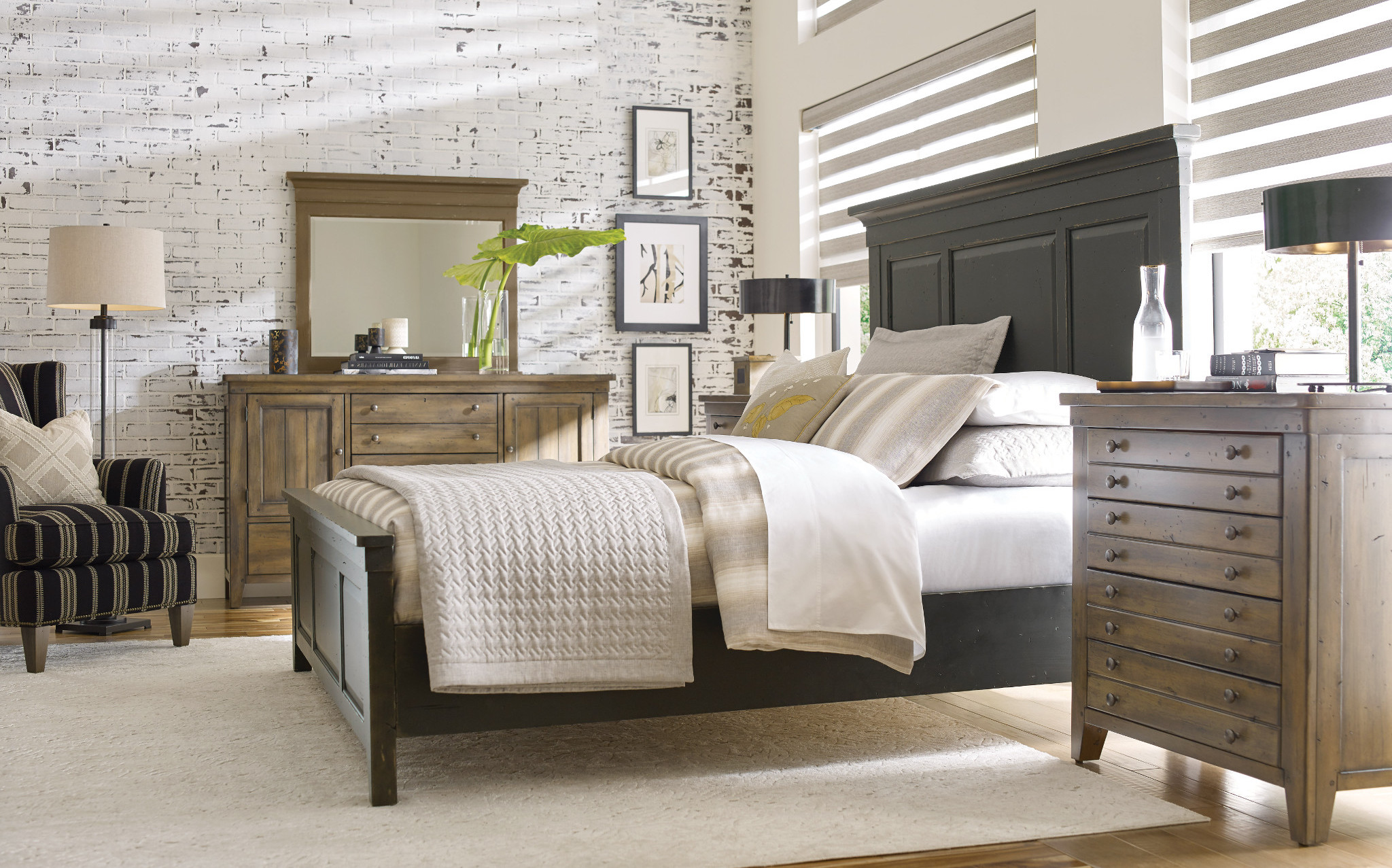
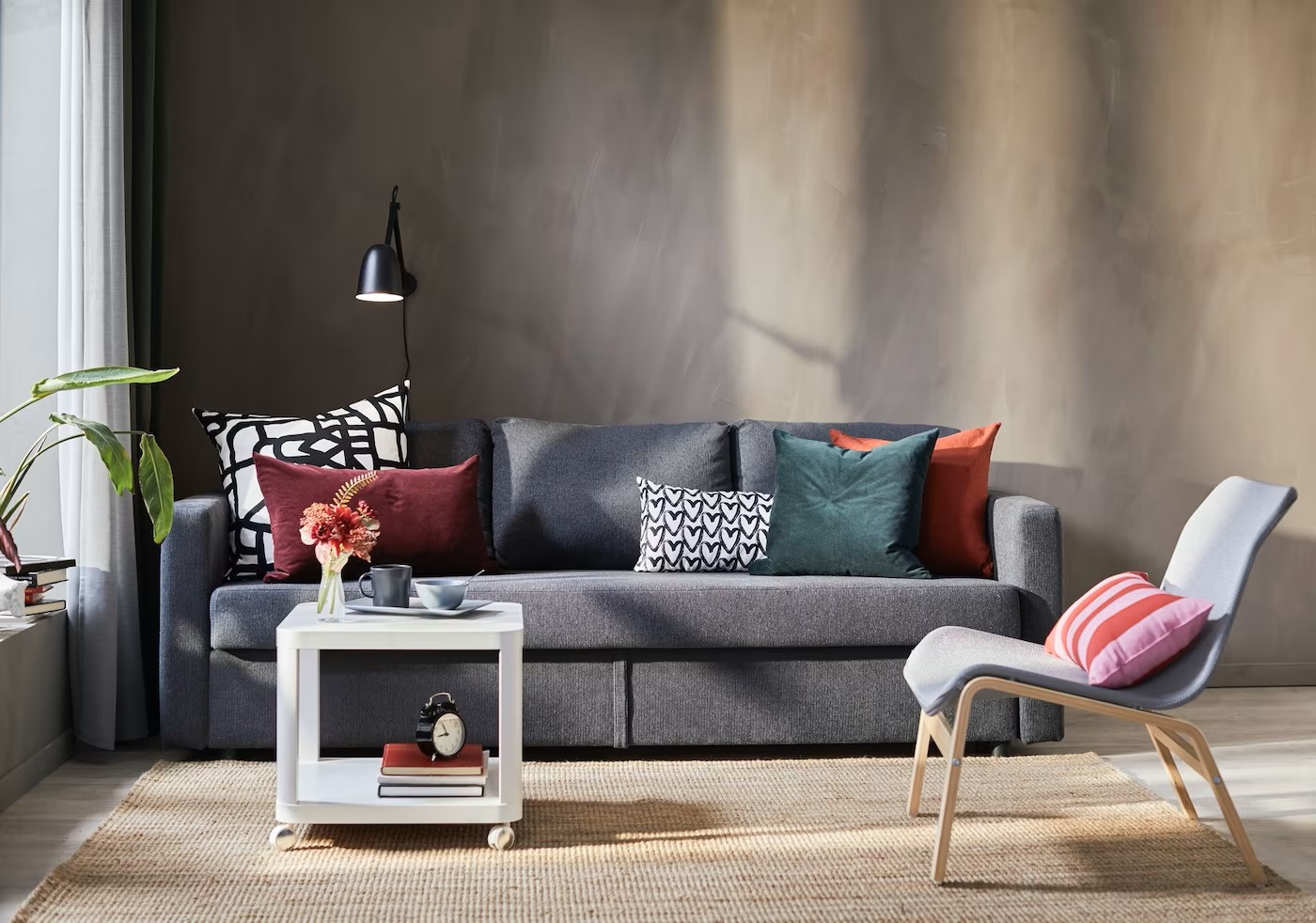
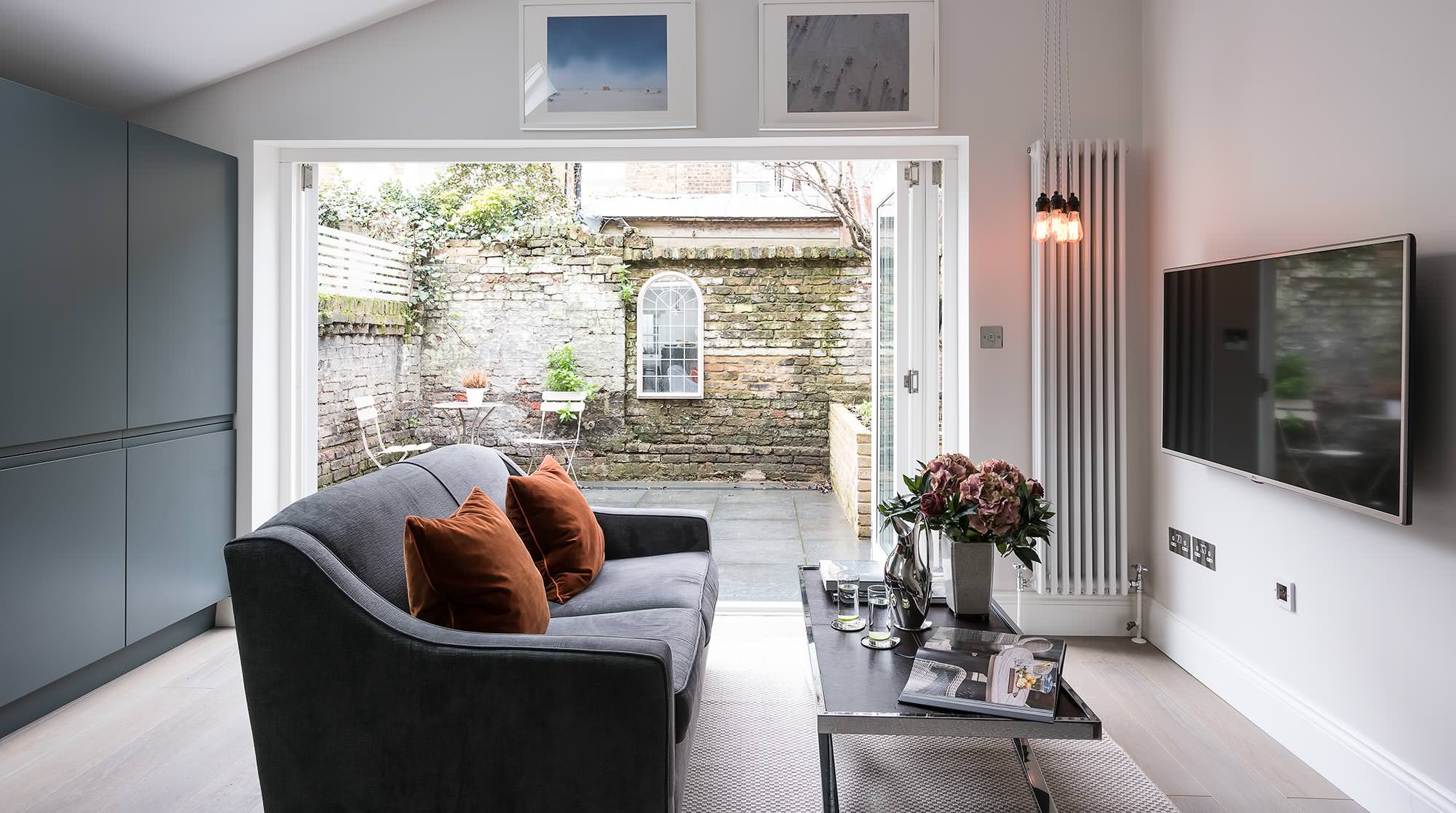

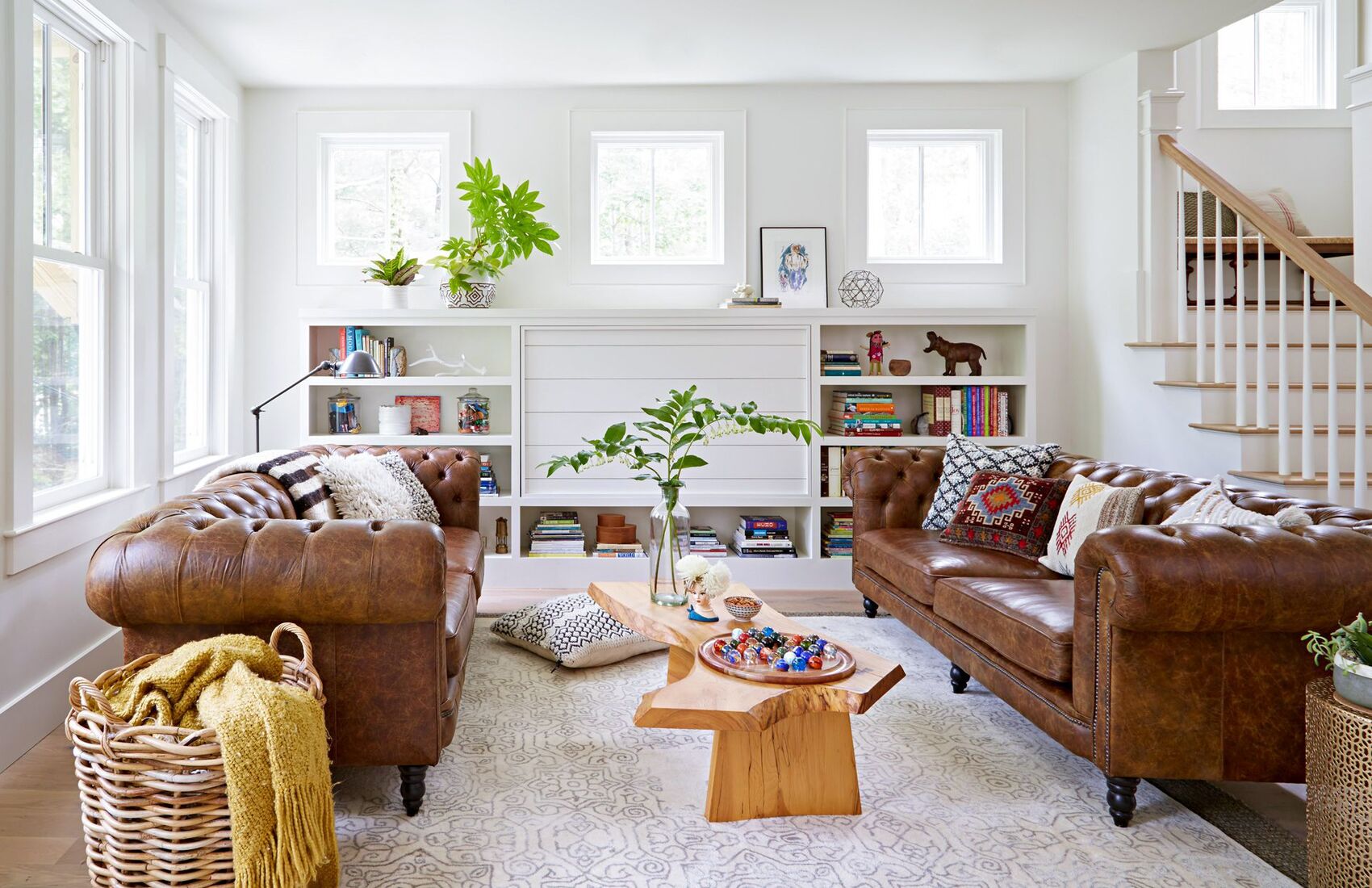
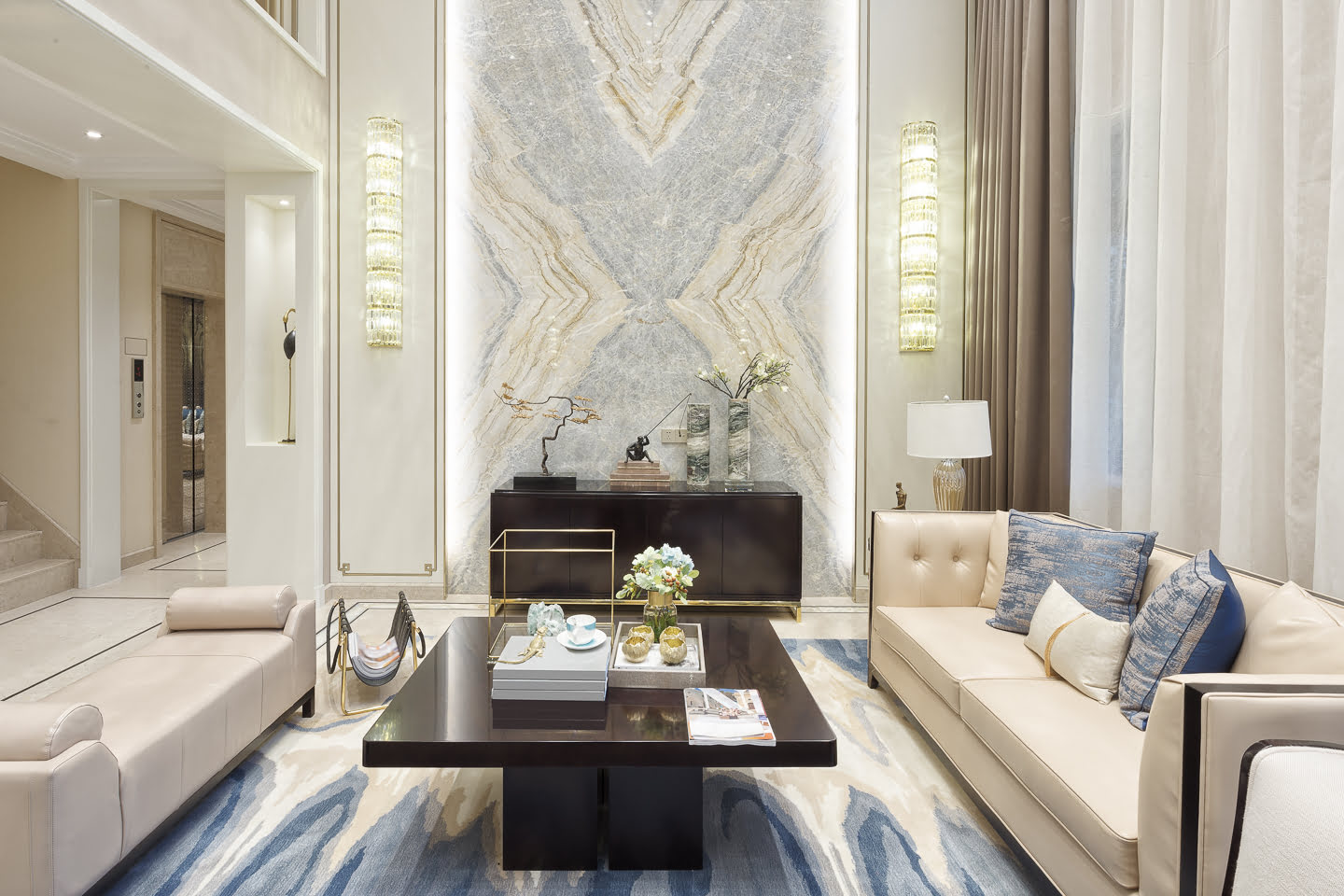
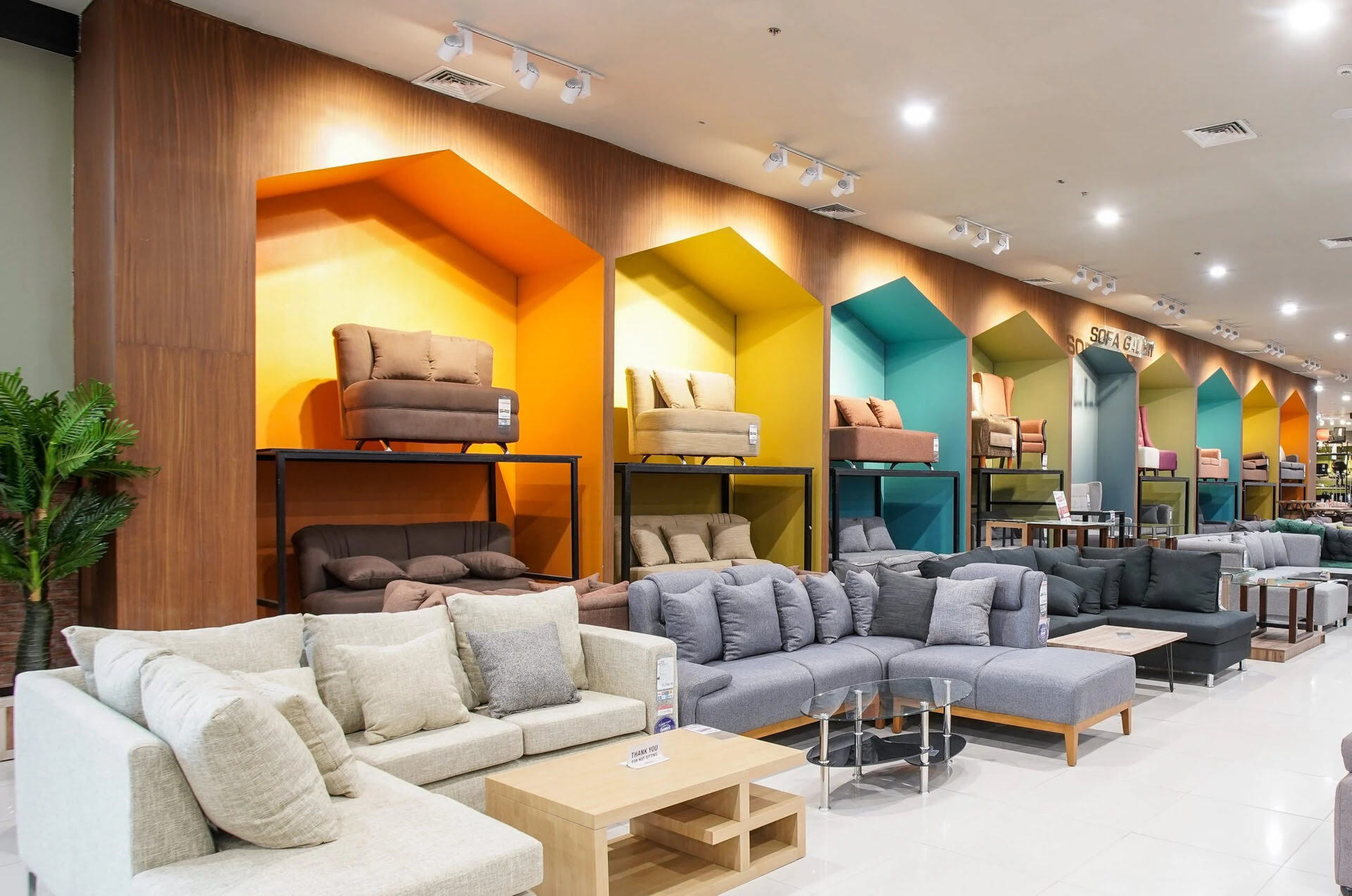
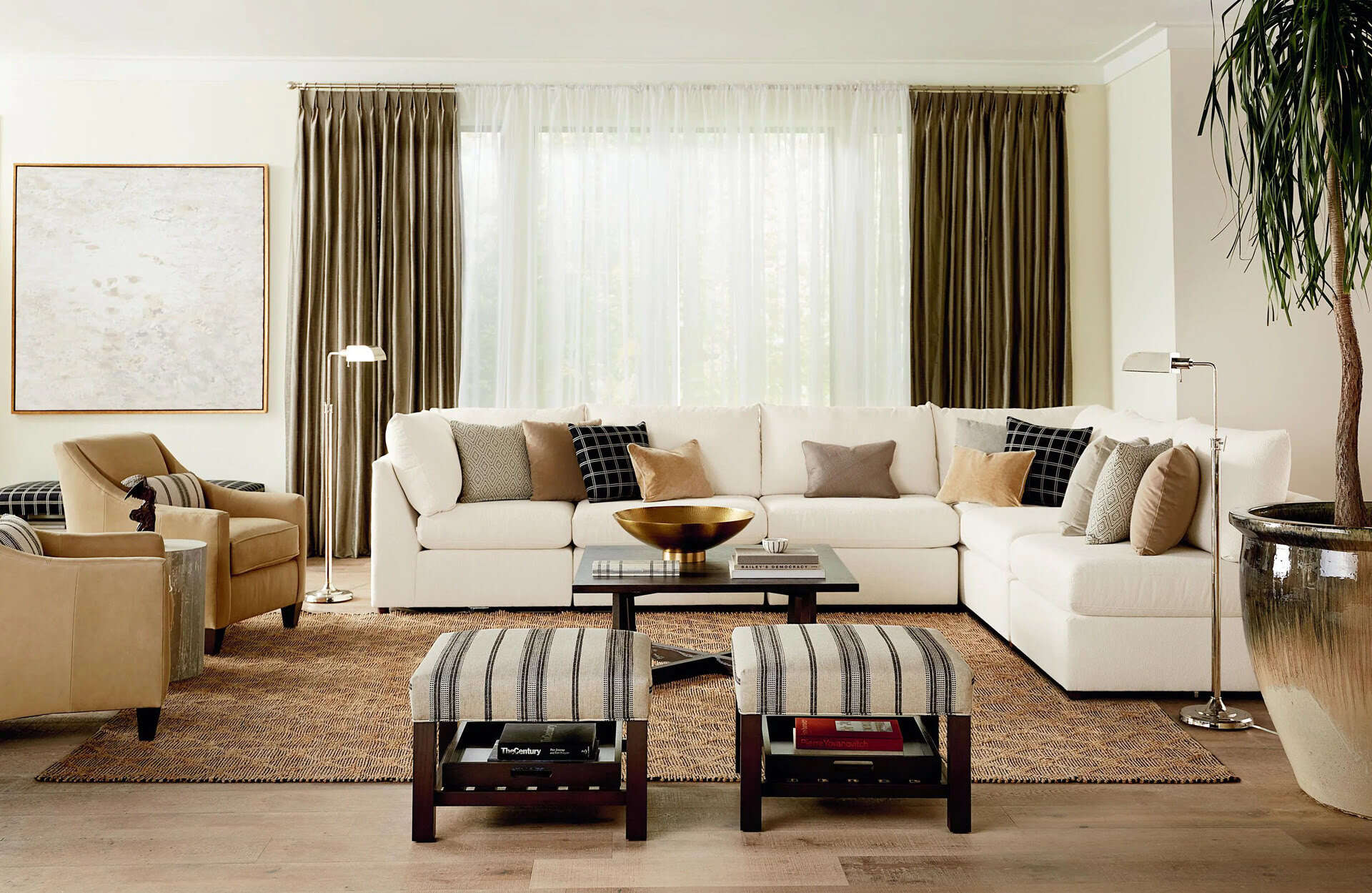
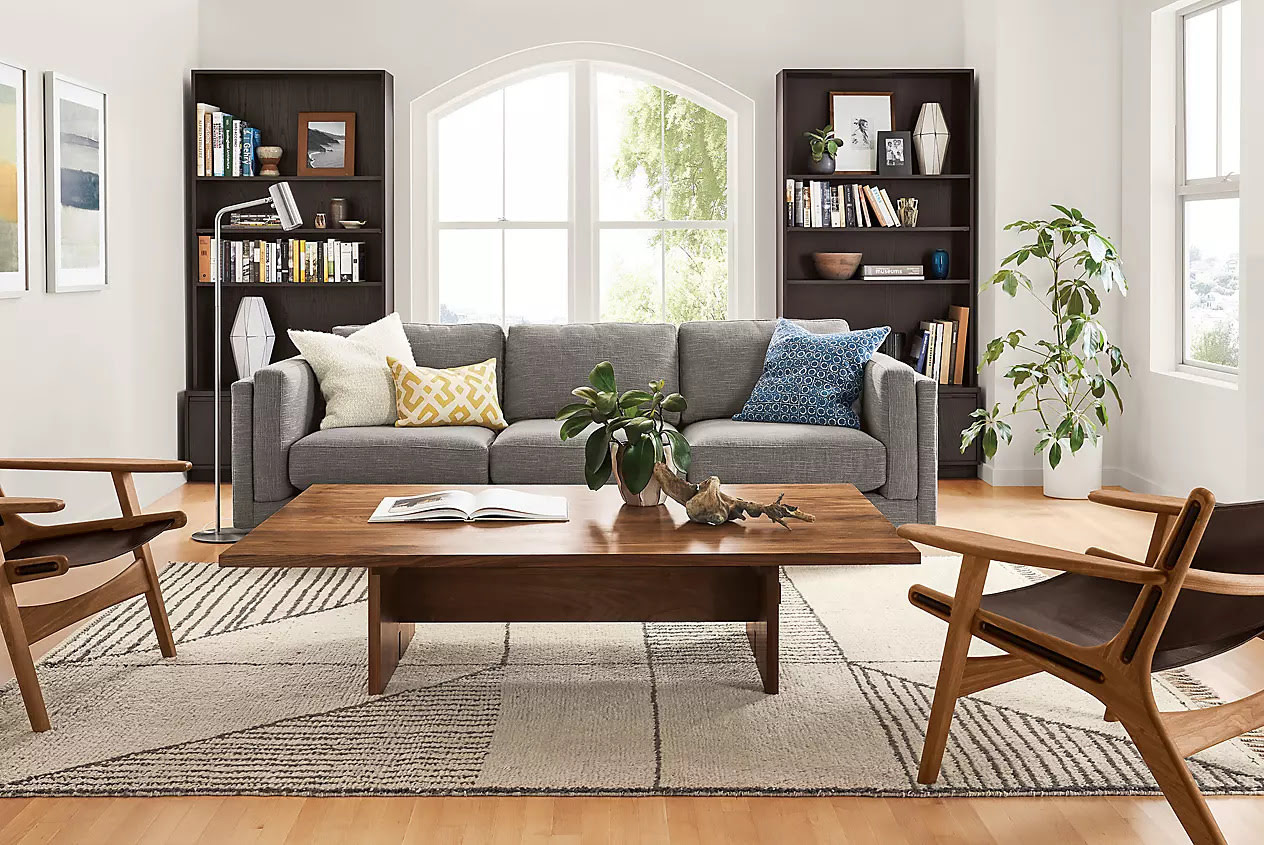


0 thoughts on “How To Design A House With Furniture”